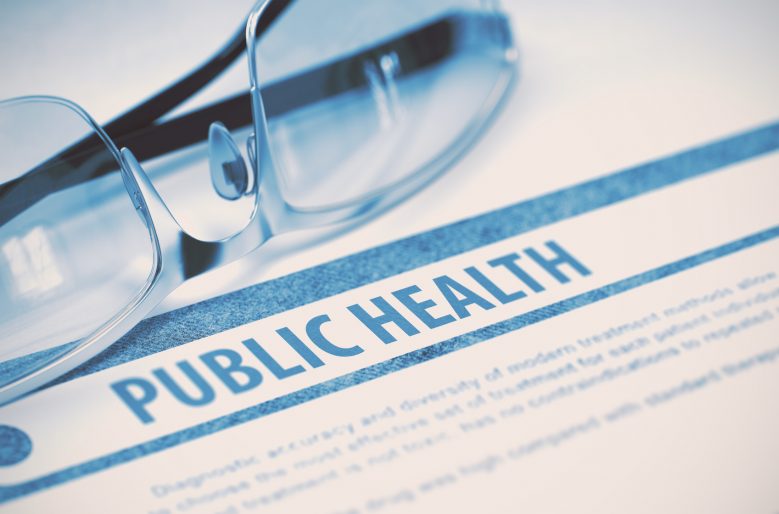A team of University of Arizona researchers has created a simple, portable and inexpensive method for norovirus detection. The smartphone app can detect extremely low levels of the contagious virus.
The team consists of Jeong-Yeol Yoon, Soo Chung, Kelly A. Reynolds, Christina Morrison, Walter Betancourt, Lane Breshears, and Sean Perea.
“You don’t have to be a scientist or an engineer to run the device,” Professor Yoon said. “Analysis will be done automatically by the smartphone app, so all you have to worry about is loading a sample of water onto the chip.”
According to the report published in ACS Omega, the process starts with adding potentially contaminated water to one end of a paper microfluidic chip. To the other end, a tester adds tiny, fluorescent polystyrene beads (picture the little white balls inside of a bean bag – these are the same material, but much smaller). Each bead is attached to an antibody against norovirus. If norovirus is present, several of the antibodies attach to each virus particle, creating a little clump of fluorescent beads.
“Norovirus particles are too small to be imaged by a smartphone microscope, and so are antibodies,” Yoon added. “But when you have two or three or more of these beads joined together, that indicates that the norovirus is there, causing the beads to aggregate.”
These clumps of beads are large enough for a smartphone microscope to detect and photograph. Then, a smartphone app counts the number of illuminated pixels in the image to identify the number of aggregated beads, and subsequently, the number of norovirus particles in the sample.
In the future, the team hopes to develop methods for norovirus detection in patients even earlier and to expand its smartphone monitoring platform to detect other hazards, such as potentially cancer-causing chemicals.
Funding for the benchmarking initiative was provided by The National Science Foundation Water and Environmental Technology Center at the UA and Tucson Water.









